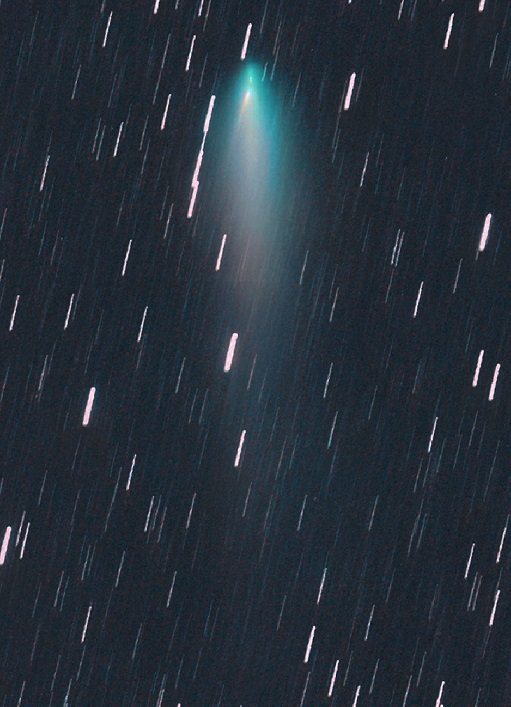The European Space Agency (ESA) has revealed the details of its upcoming mission to comet ATLAS. According to the agency, it will use Solar Orbiter's Sun-observing instruments to study the comet as it passes through its tail.
The comet, officially known as C/2019, was discovered last year using the Asteroid Terrestrial-impact Last Alert System (ATLAS) in Hawaii. Earlier this month, researchers learned that the comet at Solar Orbiter would cross paths.

ESA's Mission to Comet ATLAS
The Solar Orbiter is a spacecraft launched by the ESA in February to observe the Sun and its activities, such as its solar emissions. Recently, astronomer Geraint Jones of the UCL Mullard Space Science Laboratory in the U.K. learned that the robotic spacecraft would be about 44 million kilometers from the comet. Following the discovery, Jones became the principal investigator for the Solar Orbiter's mission to ATLAS. After learning about the flyby, the ESA decided to prepare the Solar Orbiter's instruments to study ATLAS. According to the agency, the spacecraft is currently crossing the ion of the comet. It is expected to reach its dust tail on June 6.
Gunther Hasinger, the Director of Science for the ESA, noted that although the upcoming mission would be challenging, the agency is hoping to uncover new information about the nature of comets. "An unexpected encounter like this provides a mission with unique opportunities and challenges, but that's good! Chances like this are all part of the adventure of science," he said in a statement.

Studying ATLAS With The Solar Orbiter
As the Solar Orbiter crosses the comet's tail, ESA will use the spacecraft's remote-sensing instruments to study ATLAS. These instruments were originally designed to analyze the highly-charged particles released by the Sun into space. For its mission involving ATLAS, the Solar Orbiter will use its instruments to collect data on the comet's dust grains and the electrically-charged particles that it emits.
"With each encounter with a comet, we learn more about these intriguing objects," Jones stated. "If Solar Orbiter detects Comet ATLAS's presence, then we'll learn more about how comets interact with the solar wind, and we can check, for example, whether our expectations of dust tail behavior agree with our models."









